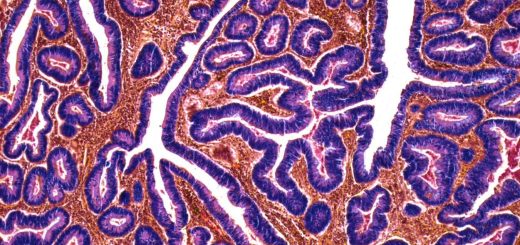Brain surgery before birth fixes abnormal blood vessel in fetus
A vein of Galen malformation is a condition that can place pressure on a fetus’s heart and lungs and deprive the brain of oxygen. Surgeons corrected this type of blood vessel problem in a fetus for the first time
By Grace Wade
4 May 2023
Boston Children’s Hospital was the site of the first fetal surgery on a blood vessel in the brain
Boston Globe via Getty Images
For the first time, surgery has corrected an abnormal blood vessel in the brain of a fetus. The baby – who has a rare condition called vein of Galen malformation – was born without complications, indicating the procedure could safely treat infants.
Vein of Galen malformation forms before birth when arteries in the brain connect back to the organ’s central vein. This expands this vein and lets more blood rush through, placing pressure on the heart and lungs and depriving the brain of oxygen. Babies with the condition commonly develop heart failure and stroke-like symptoms within days of birth.
“There are a lot of patients we cannot help even with the best standard of care,” says Darren Orbach at Boston Children’s Hospital in Massachusetts. Before infants with this condition are born, the placenta helps mitigate some of the pressure. Once they are born, it may be too late to perform surgery. “They unfortunately pass away despite our best efforts, or they’re left with severe brain injuries,” he says.
Advertisement
Read more:
MRSA could be prevented with genetically engineered antibodies
Orbach and his colleagues conducted surgery to fix the malformation in a fetus at 34 weeks and 2 days gestation. MRI scans revealed that the central vein was greater than 14 millimetres in diameter. “When the width of the vein is 8 millimetres or larger, then we know with 90 per cent certainty that the baby is going to get very sick after birth,” says Orbach. “This was one of the more aggressive malformations we’ve ever seen.”
The woman carrying the fetus received spinal anaesthesia before the surgery and the fetus also received an anaesthetic via injection to prevent movement during the procedure. A needle was then inserted through the uterus. Ultrasound imaging helped aim it at the back of the fetus’s head, where the malformation was located.


